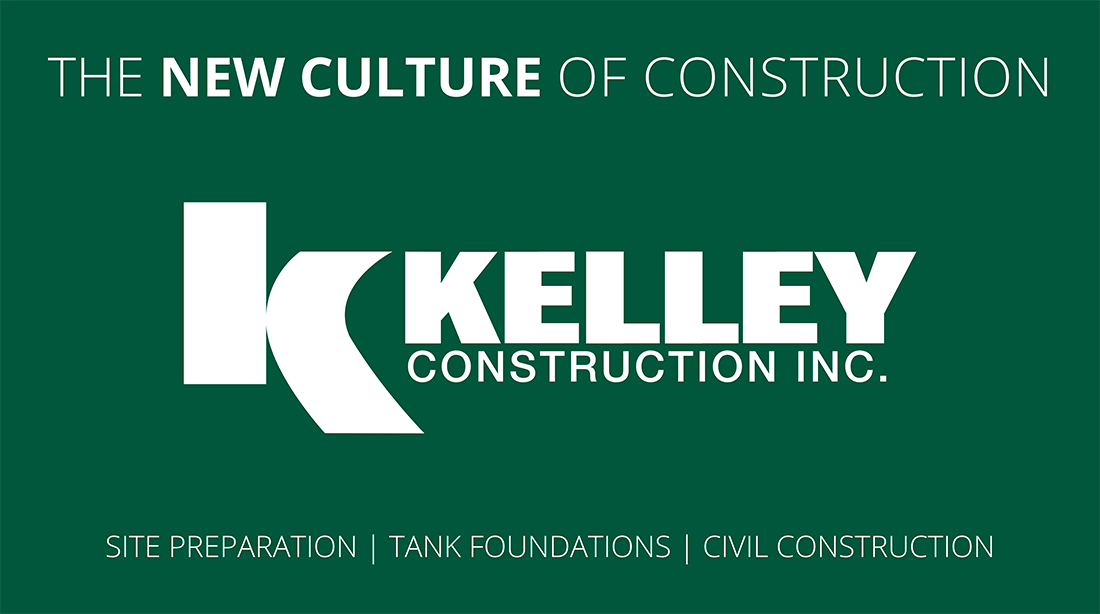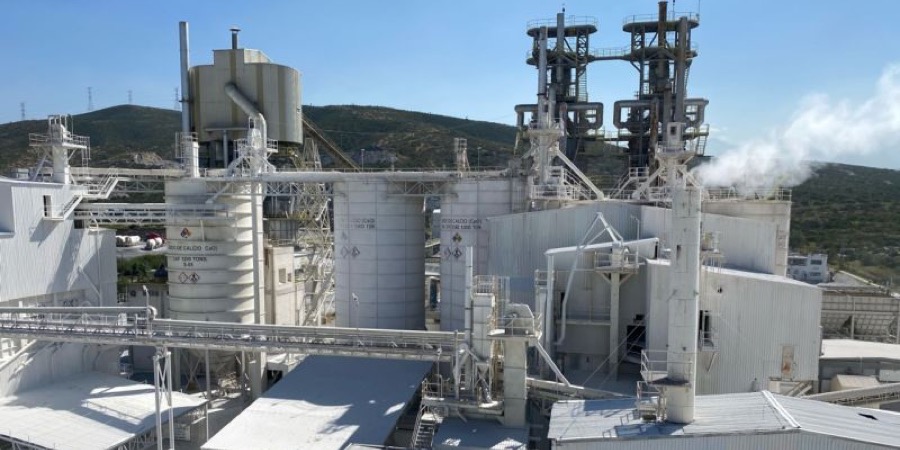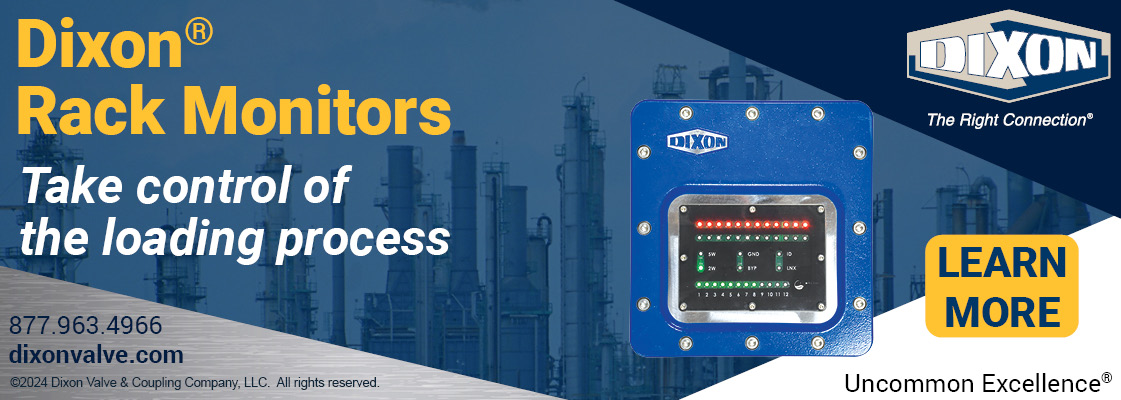A major supplier of lime, dolime, limestone, and clay products maintains plant locations throughout the US and Canada. This company’s materials are employed in a wide range of industries, giving it a strong presence in such sectors as steel, chemical production, water treatment, pulp & paper, and civil engineering. As a trusted supplier for so many industries, this company maintains a sizeable footprint across the U.S. More plant locations means being able to better provide essential materials to customers across the country, but it also brings its fair share of challenges.
In this company’s case, obtaining reliable measurements across facilities proved to be a costly challenge. Each of the company’s US sites independently selected a method of level measurement for their lime and dolime silos, some of which proved more effective than others. Some facilities utilised ultrasonic sensors, which turned out to be somewhat unreliable; others utilised rotary indicators or plumb bobs, mechanical devices that were more prone to failure. In some cases, personnel even had to physically crawl atop the silo and drop a line into it to check the level, which necessitated far more safety precautions than other methods. But consistent level measurement wasn’t the company’s only challenge: baghouses at one of their facilities were plagued by faulty measurement devices that, if left unchecked, could lead to disastrous consequences.
Putting a stop to blown baghouses
Baghouse failures mean major problems for aggregates companies. Baghouses are pollution control devices that remove the particulates or gas released from industrial processes out of the air. When a baghouse is “blown” (fails) because the silo is overfilled, it’s rendered unusable. This leads to its own share of issues: it can cost around $2000 to replace the bags, productivity is negatively affected, and the EPA may have to be notified depending on the extent of the overfill and failure, which opens a company up to fines and regulations.
One of the company’s locations in Nichols, Florida served as a proof of concept for the implementation of VEGA sensors and VIS on baghouses. This location features a baghouse that previously utilised a mechanical gauge for differential pressure measurement. The capillaries of this low-cost gauge could not hold up to the heat and harsh weather of the Florida climate; once the external forces took their toll, the capillaries would leak air, rendering them worthless and leading to blown baghouses. With this in mind, VEGA outfitted the facility with a VEGABAR 82 pressure sensor, along with a VEGADIS 81 external display so that facility personnel could check the baghouse’s status from up to 25 meters away. VEGABAR 82 is equipped with a ceramic measuring cell, making it highly resistant to the sort of temperature shocks and inclement weather events that troubled the mechanical gauges.
With VEGABAR 82 working in conjunction with VEGA Inventory System at the Nichols facility, the company not only has a better view of their inventory, they are also able to tell when to perform preventative maintenance on their baghouses, since dirty bags hold excess pressure; when it’s time to empty out material from the bags, VIS sends personnel an alarm so they know when to take action. VIS also provides the company with two years of trending baghouse pressure data, making it easy to demonstrate compliance with EPA regulations.
Seeking a standard level measurement
The lime supplier’s level measurement problems were twofold: first, with no standard measurement method across the enterprise, they were faced with major inventory uncertainty, and therefore less efficient operations. Second, some methods proved to be quite poor at accurately obtaining level data, resulting in costly issues like vessel overfills.
As issues from the assorted measurement methods piled up, the company turned to the experts at VEGA. After talking with the company’s personnel and assessing their needs, VEGA demonstrated their VEGAPULS radar level measurement sensors along with the VEGA Inventory System (VIS). VIS is VEGA’s software platform that enables users to monitor their inventory in real time from any web-enabled device with internet access. VIS gives users a view of their inventory across multiple locations, making it an ideal solution for the company when combined with VEGA’s reliable instrumentation.
VEGAPULS is highly precise and reliable, capable of detecting even the smallest of signals from media with poor reflective properties; this unparalleled precision meant no more costly inventory events like overfills. The sensor’s support for wireless operation over Bluetooth meant that operators no longer had to climb vessels to obtain measurements; with VEGAPULS radar sensors and VIS working together, inventory information across facilities was available to plant personnel at a glance.
Scaling Up
Impressed by the capabilities of VEGA Inventory System and the VEGAPULS and VEGABAR 82 sensors, the limestone provider entrusted VEGA with the task of streamlining their measurements across five of their US facilities. VEGA’s solution gives the company the quality inventory information they need to make strategic decisions and increase operational efficiency, and the customer reports savings of tens of thousands of dollars in recovered revenue. Thanks to VEGA’s measurement expertise, this enterprise’s processes are streamlined, safer, and more profitable.
For more information visit www.vega.com


















